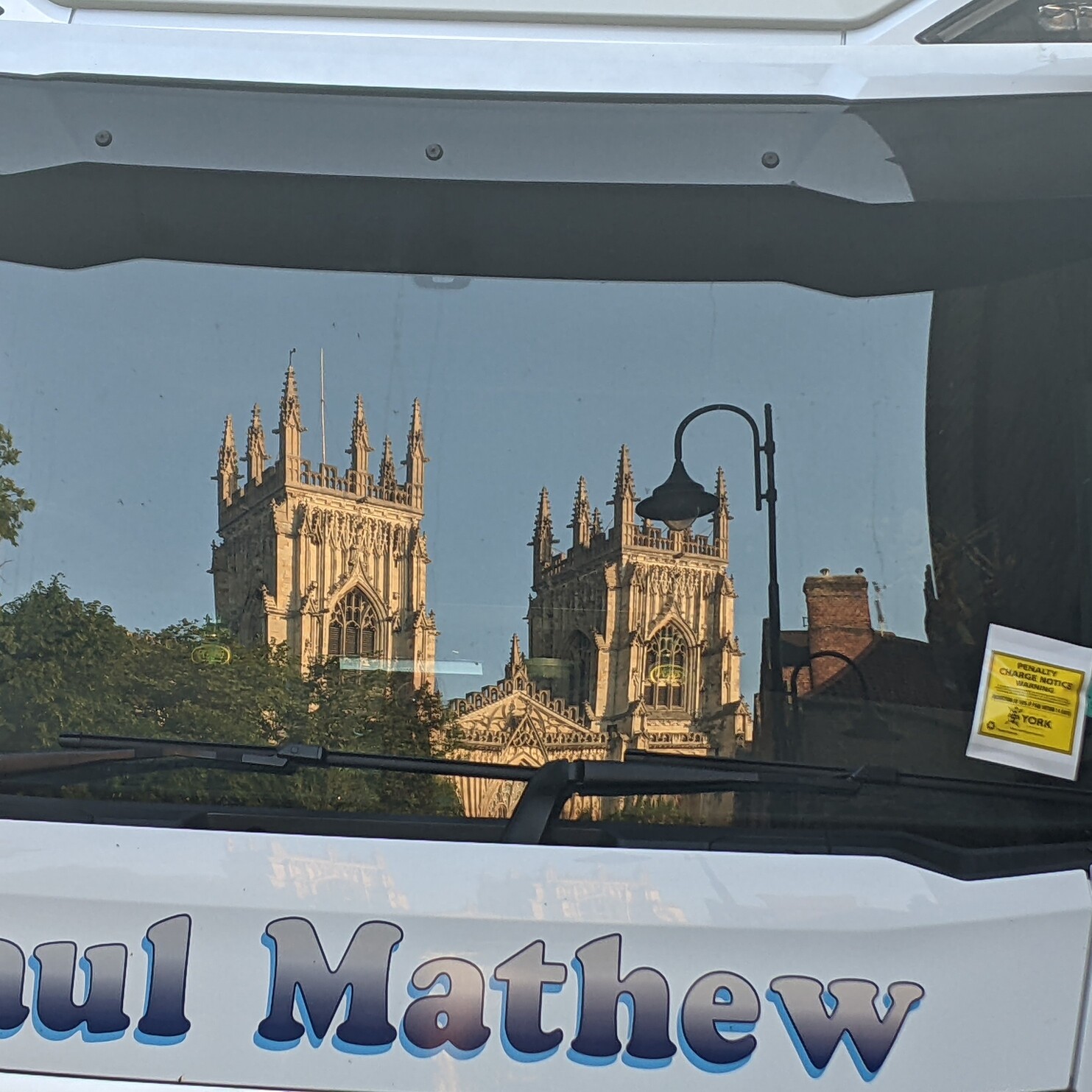

The big downside is that, for backwards compatibility, the default must still be unsafe code. Ideally this could be toggled with a compiler flag, rather than having to wrap most code in “safe” blocks (like rust, but backwards).
One potential upside that people don’t seem to be discussing is that the safe subset could also be the place to finally start cutting down the bloat of C++. We could encourage most developers to write exclusively in the safe subset, and aim to make that the “much smaller and cleaner language” trying to get out of C++.







I can’t imagine that’s any more free than bitwarden?